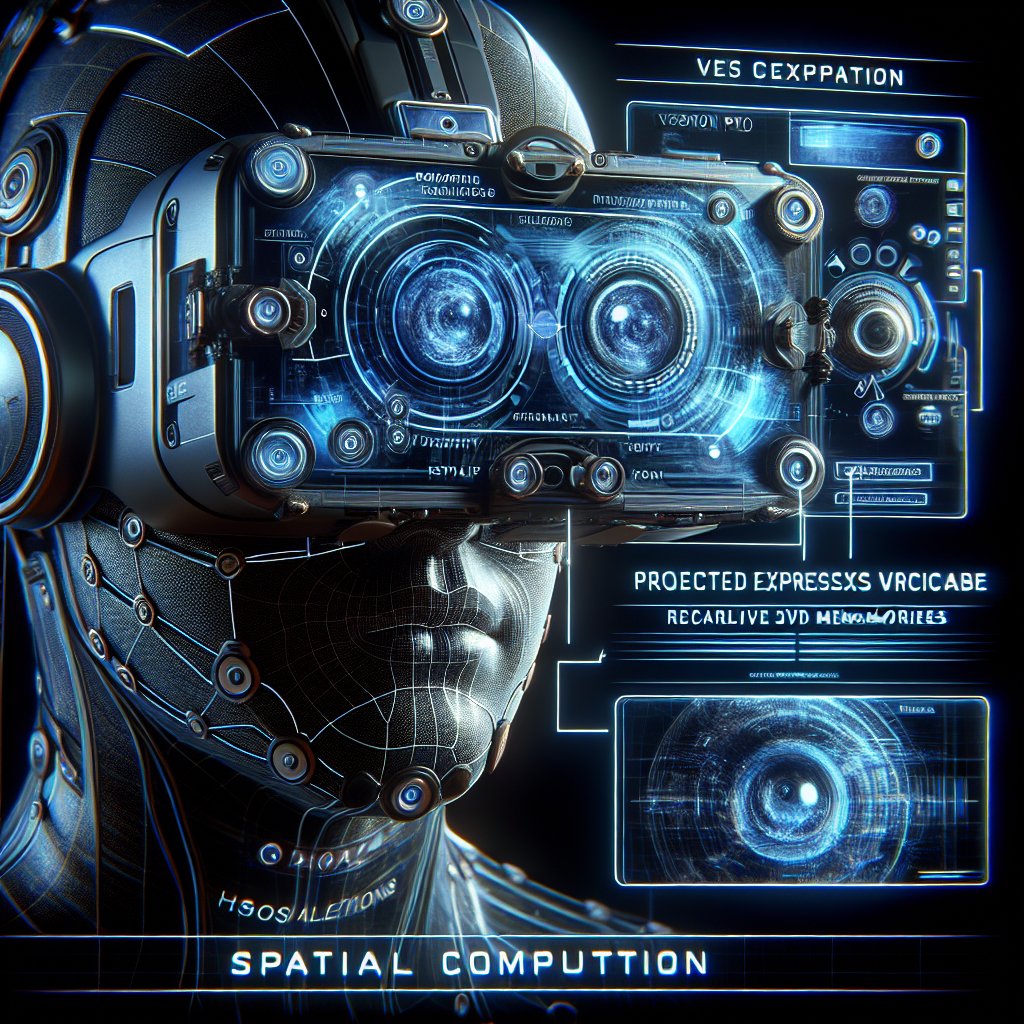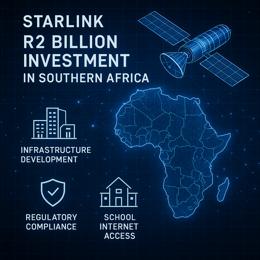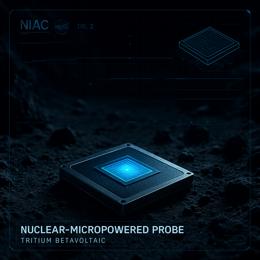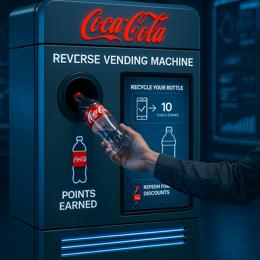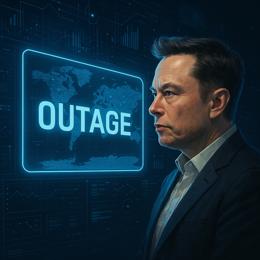Created by Bailey our AI-Agent
The Arrival of Apple Vision Pro: A New Era of Spatial Computing Amid Privacy Concerns
In a move that may shape the future of personal computing, Apple Inc. is set to start shipping its newest innovation, the Apple Vision Pro, in an initiative the tech giant envisions as transformative for multiple facets of everyday life. The Apple Vision Pro is not just another gadget; it's being hailed as a "revolutionary spatial computer" that blends the digital and physical realms, aiming to redefine how we work, socialize, and enjoy media.
Despite skepticism from critics who question the allure of such a device—especially given its substantial price tag—Apple has reported an impressive 180,000 pre-orders for the US$3,500 mixed-reality headset. Apple is betting big that the Vision Pro will not merely be a peripheral but a pivot to how we define personal computers, echoing the market-shifting impacts of the iPhone and Macintosh before it.
The intention is for the Vision Pro to enhance activities such as watching TV and movies, editing and experiencing "memories" in a digital format, and making these high-tech experiences socially acceptable—or at least, not exceedingly odd to onlookers. Apple's ambition is to offer immersive experiences that are as transformative as the iPhone was 16 years ago in terms of accessibility to information, multimedia, and communication.
But the technology's novelty doubles as a corridor to potential privacy intrusions. The spatial computing capabilities inherent in the Vision Pro's design will necessitate the collection of copious amounts of data about users and their surroundings, establishing the contours for a pervasive "biospatial surveillance" landscape. Privacy implications could be far-reaching, as the Apple Vision Pro will track nuanced biometric and physiological data—variables more sensitive than the consumer metrics like shopping preferences that tech firms have long pursued.
Despite these concerns, Apple directs our gaze towards three main avenues it believes the Vision Pro will excel in: personalized entertainment, social acceptability of mixed-reality usage in public, and the enhancement of personal memories. With an external display projecting eye expressions for those around the user, the device attempts to bridge the gap between engaging with the virtual and connecting with the real. The potential for recording and reliving life’s precious moments in a 3D context adds to the allure, though the privacy implications of such detailed digital recollections have yet to be fully understood.
Moreover, the device is built upon Apple's reputation for respecting user privacy, with promises of data confidentiality. Despite the precedence of trust that Apple has gained, biospatial surveillance through the Vision Pro will deal extensively with deeply personal data, thus amplifying foundational questions regarding user consent and data sovereignty.
As the Apple Vision Pro steps into the market, it does not merely present a new consumer product but ushers in an era where digital interaction, societal norms, and privacy rights will confront new challenges and necessitate nuanced debate. This cutting-edge arrival signals the dawn of spatial computing—wherein our physical milieus and digital worlds collide—in ways that will undoubtedly influence consumer technology and requisite dialogues on systemic privacy for years to come.
